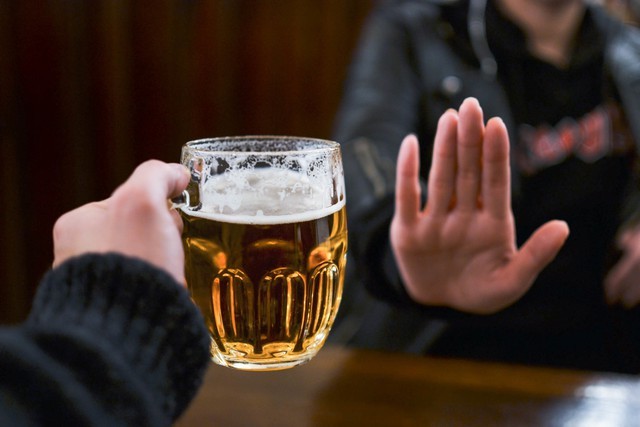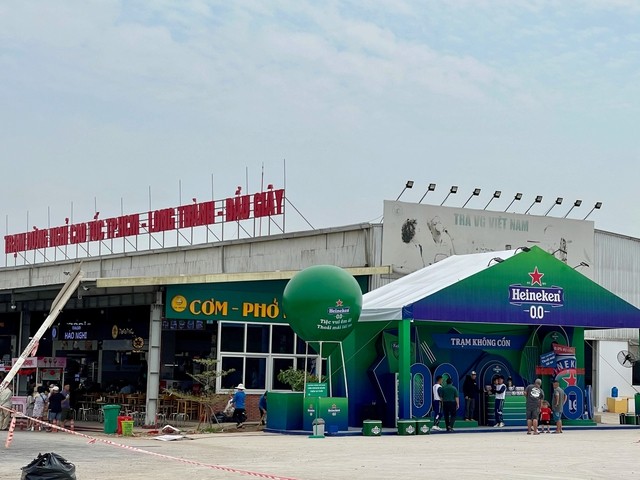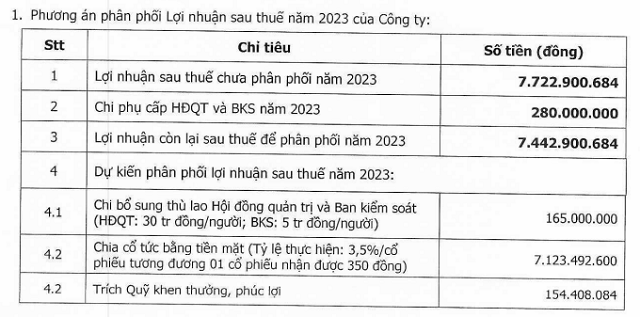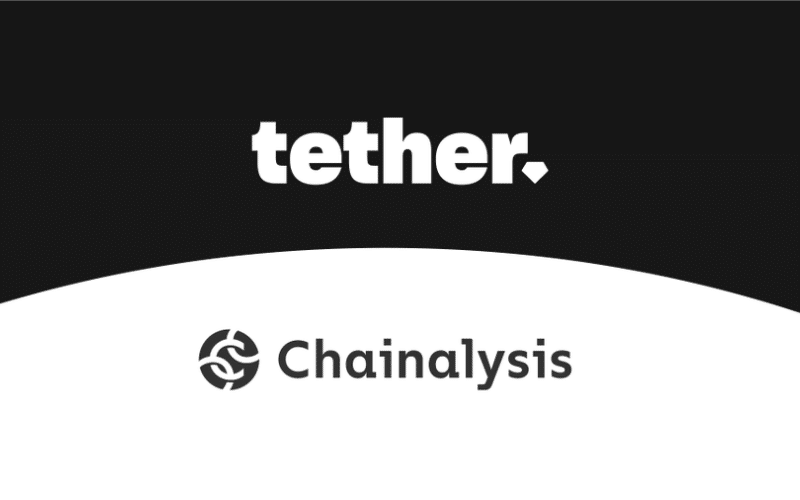According to the report from Bao Viet Securities Company, the full-year revenue of beer businesses in 2023 decreased to over 45,000 billion VND, from over 55,000 billion VND. After-tax profit dropped even more with a decrease rate of over 23%, to less than 5,100 billion VND. Among them, Heineken – the world’s second largest beer brand from the Netherlands, is also projected to experience a 15% decline in revenue for the first 9 months of 2023 in Vietnam.
In the newly released financial report, Heineken globally achieved a full-year revenue of 36.4 billion Euros, a 4.9% increase compared to 2022. However, the total output for the year decreased by 4.7%. Specifically, Vietnam and Nigeria accounted for over 60% of this decline due to challenging economic conditions.
In addition, while premium beer production increased by 1.1%, outperforming the overall investment portfolio in most Heineken markets, premium beer production in Vietnam showed a decreasing trend.

At a press conference announcing the business results in August 2023, Dolf van den Brink – CEO of Heineken, also shared: “We are facing a significant economic downturn in key market Vietnam, a market that is extremely important to us.”
Not only Heineken but beer consumption in general in Vietnam has been affected by strict enforcement of Decree 100 on Alcohol Concentration. Besides, according to Forbes, Gen Z now consumes 20% less alcohol than Millennials, and an increasing number of consumers are focusing on health, which leads to a sharp decrease in alcohol beverage consumption.
In this context, non-alcoholic beer is being strongly marketed by Heineken in Vietnam as a solution to the declining consumption related to alcohol concentration regulations. Non-alcoholic beer was first introduced by Heineken in the Netherlands in 2017. The product had a good consumption rate in Europe, contributing to a nearly 6% increase in Heineken’s operating profit in the first half of 2017 compared to the same period the previous year.
In Vietnam, Heineken introduced non-alcoholic beer in 2020 when this market was still in its early stages. Speaking to Tuoi Tre, Alexander Koch – Senior Commercial Director of Heineken Vietnam once commented: “The global non-alcoholic beer market is predicted to exceed 25 billion USD by 2024. The driving force behind this growth is the group of consumers who pay attention to health as well as increasingly stringent alcohol regulations.”
During the 2024 Lunar New Year, when alcohol concentration checks were strengthened, Heineken also intensified promotion and marketing for its non-alcoholic beer with the participation of many famous influencers, driver communities, and lovers of driving. According to the brand, this product allows consumers to enjoy beer with friends while still being able to drive home, aligning with the message “Drink Beer, Don’t Drive.”

“Alcohol-free station” by Heineken at the Ho Chi Minh – Long Thanh – Dau Giay highway rest stop (Photo: NLD)
Moreover, Heineken has set up “alcohol-free stations” at the Ho Chi Minh – Long Thanh – Dau Giay highway rest stop. According to Nguoi Lao Dong, some enthusiastic male and female marketers introduce the beer to drivers there. They advertise that after consuming this type of beer, drivers can comfortably drive without worrying about being impaired or fined by the traffic police for violating alcohol concentration regulations. However, this campaign has also faced much controversy from drivers, especially during a period when the Ministry of Public Security is intensifying handling violations of alcohol concentration for drivers.
“From a distance, I could already see the advertisement for alcohol-free beer. As far as I understand, if it’s called ‘beer,’ it must contain alcohol. And if it doesn’t have alcohol, then it’s probably not beer. So, I’m not worried about its impact on my child. But when I got here, I saw the words ‘advertising program for people over 18 years old.’ So, is this beer, or is it some kind of drink that this brand has the name ‘beer’ attached to? Why would they puzzle customers like that? So, how will the authorities regulate it? Can it be sold or consumed by children?” – someone shared with Nguoi Lao Dong.
In response to this issue, Heineken stated that the “0.0 beer” being advertised on the Ho Chi Minh – Long Thanh – Dau Giay highway is a non-alcoholic beverage belonging to the “Heineken Vietnam Malt Drinks – Non-alcoholic Drinks” category. At the same time, the activities to introduce “Heineken 0.0” at the “rest stop” area are only for the purpose of product introduction, and not for sale.
“Although the product belongs to the non-alcoholic beverage category, Heineken Vietnam strictly abides by the responsible marketing regulations of the Group, which means we do not target consumers who are underage for drinking alcoholic beverages. Therefore, we only introduce Heineken 0.0 to people aged 18 and older,” the company said.
Besides Heineken, another beer brand in Vietnam has also launched non-alcoholic beer, called Sagota, owned by Saigon Binh Tay Beer Corporation, a subsidiary of Sabeco. According to the introduction, consumers using this product will not have alcohol in their blood and breath after use.
Meanwhile, according to Sabeco, although the enforcement of Decree 100 has had a negative impact on beer sales, the company’s leadership does not expect a significant change in the average per capita beer consumption rate in the short and long term. The leadership expressed a positive view of the long-term outlook due to Vietnam’s young and dynamic market. Moreover, Vietnam still has an advantage as a beer market in terms of alcohol drink consumption. In addition, Sabeco has not yet observed significant changes in consumer behavior from beer to alternative products such as spirits and non-alcoholic beer.








































